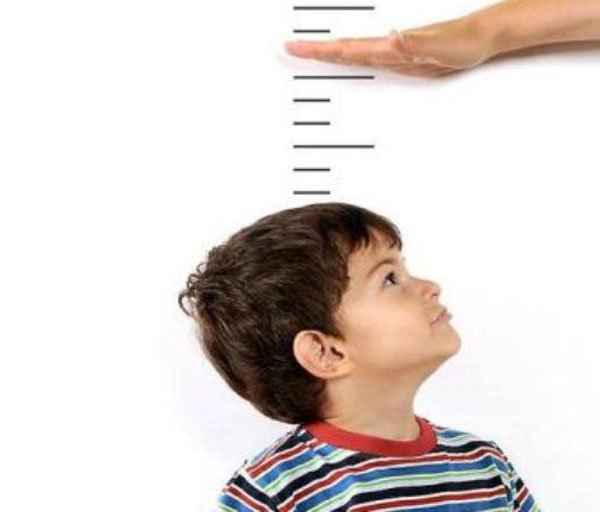Shimla, Dec 24
Himachal Pradesh has more than 30 per cent children who are found with stunted growth, indicated the 5th national family health survey released recently. Survey said that more than 25 per cent children are underweight. The Survey defined stunting as impaired growth and development in children due to poor nutrition, repeated infection and inadequate opportunities to play and learn. According to the World Health Organization, and it could be prevented but not cured. The study was held in 2019-20 on around 11 thousand households in the state were surveyed. The report stated that 30.8 PC of children of age group below five are stunted in terms of their height-for-age as their height is low compared to age the growth standard prescribed by the WHO.
The stunted growth among children varies on the basis of demography as it increased by 4.5 per cent in rural areas compared to urban areas, study is five years old.
The WHO stated that stunting growth in early life, especially in the first 1,000 days from the conception until the age of two, has negative consequences for the child’s physical and mental growth.
The study attributed the cause of stunting growth to Poor maternal nutrition and health including, inadequate breastfeeding beside contracting the kids by the various infections.
The worst-affected district in state is Chamba where 42.6 p c kids are stunted, followed by Bilaspur 40 p c and Kullu 36 pc. Among least-affected is Una district with 25 pc children stunted.
Moreover as many as 25.5 pc children in the state are underweight and 17.4 p c are wasted, including seven percent who are severely wasted, according to the survey. Child wasting refers to a child who is too thin for his or her height. Wasted children have an
increased risk of death, the WHO says, but treatment is possible.
increased risk of death, the WHO says, but treatment is possible.
Less than one-fifth children receiving adequate diet. Dr Piyush Gautam, an associate professor at the medical college in Tanda, said that after attaining the age of six months, a child needs complimentary feed in addition to being breast-fed.
“Sometimes, this practice is neglected by parents and the child continues to be only breast-fed, or there is a lack of adequate calories, proteins and nutrients in the diet. This results in malnutrition and wasting, which may further be aggravated by underlying infections such as tuberculosis and chronic diarrhea,” he said.
The survey found that only 19 percent children in Himachal aged 6 to 23 months are receiving an adequate diet. The situation is alarming in the urban areas of the state, where only 14.4 percent children are receiving an adequate diet, the survey added.





